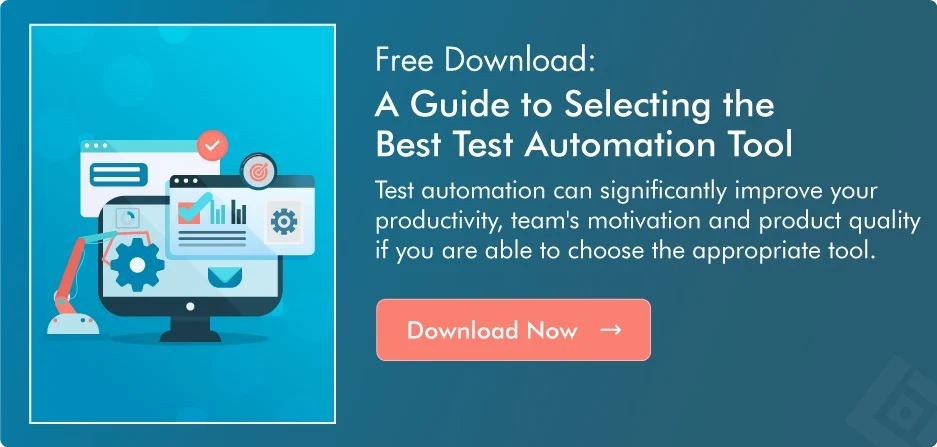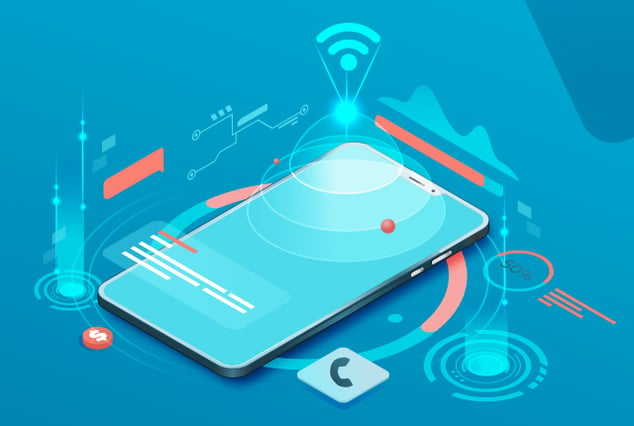
Online learning is no longer optional; it has become a crucial method for delivering quality education. Providing education to remote learners has become necessary in our rapidly evolving times, from higher education seekers to high school students aiming to graduate this year. Even corporate businesses are facing challenges in educating their employees effectively without the implementation of a reliable Ed-Tech platform.
There has never been a more opportune moment to enter the educational application software market. However, it is essential to ensure that your e-learning platform is designed to meet the demands of today's learners.
In our first blog post of this comprehensive series on learning management systems, we will explore the must-have Ed-Tech features essential for your educational platform to succeed in today's ever-changing environment.
Interactive User Interface
First, prioritize the user interface's intuitiveness. If your learning management system lacks ease of use, learners may abandon the course, regardless of its impressive features.
The user interface serves as the connection between learners and the platform. A successful learning management system incorporates a welcoming screen, intuitive menus, onboarding guides, and consistent branding of icons, buttons, and text formatting throughout the platform. This cohesive design guides all users seamlessly throughout their entire learning journey.
Content Management
Arguably the most critical feature, Ed-Tech course management empowers administrators to perform essential tasks effortlessly:
- Adding or creating new courses remotely
- Enrolling new users into the system
- Monitoring the progress of users
This functionality is of utmost importance since an ed-tech platform is a dynamic system that requires regular updates to accommodate staff onboarding and offboarding and adapt to changes in company needs.
Personalization
Personalization in an Ed-Tech platform powered by the capabilities of AI and ML revolutionizes learner engagement by dynamically tailoring content, learning paths, and assessments to match each individual's distinct preferences and needs. This integration empowers adaptive pacing, comprehensive learning style accommodation, and precise interventions, amplifying knowledge retention and practical application. Learners are inspired and nurtured, leading to a substantial rise in completion rates. AI and ML-driven data analysis facilitate accurate decision-making and continuous refinement, ensuring the platform's perpetual adaptability and enduring effectiveness for lifelong learning journeys.
Assessment and Quizzing
These are essential in an Ed-Tech platform as they evaluate learning progress, measure outcomes, and provide valuable feedback to learners and educators. They enhance motivation and engagement through gamification, support adaptive learning, and ensure assessment security. Additionally, assessments may be necessary for certifications or accreditation, improving the credibility of learners' achievements. They are pivotal in facilitating effective and personalized learning experiences on the platform.
Gamification and Engagement
Gamification has gained popularity in Ed-Tech platforms, utilizing video game elements to elevate student engagement. These platforms offer built-in gamification features or integration options. Game mechanics like experience points and achievements motivate active learning, complementing interactive elements like leadership boards. Examples of gamification in Ed-Tech encompass badges and certificates for accomplishments, virtual rewards and currency, interactive scenarios, competitive quizzes, and even immersive experiences using Augmented Reality (AR) and Virtual Reality (VR) technologies. Such gamified approaches enhance learner motivation, participation, and skill development within the educational journey.
Monitoring and Analytics
In the ed-tech realm, effective monitoring and analytics tools are indispensable. These features enable instructors to oversee learners' progress and identify areas for course improvement. Evaluation methods may include course designers' reflections or comprehensive analysis of performance metrics throughout the course. A robust ed-tech platform should streamline course evaluation during and after its delivery.
For instance, in an onboarding program, trainees might undergo a diagnostic test on their first training day. The ed-tech platform can provide test analytics, allowing instructors to identify frequently missed questions on the diagnostic test. This valuable insight highlights the topics that require more attention during onboarding and training sessions.
Integration Capabilities
Employing an Ed-Tech platform that seamlessly integrates with various business systems proves advantageous. This enables efficient management of human capital and talent-related aspects alongside the learning process. Additionally, the course completion data gathered from the ed-tech platform aids in making informed performance-management decisions.
Accessibility
The ed-tech platform must comply with accessibility standards to ensure a barrier-free experience for learners with disabilities. Offering accessible content and user interfaces showcases inclusivity, providing equal opportunities for all learners to navigate and utilize the platform effectively.
Security
The growing popularity of educational application software systems makes learning management systems more of a target for hackers or cybercriminals. Your LMS should protect your sensitive data and safeguard your information.
Ensure that your LMS can prevent security threats. Are your servers protected? Are encryption protocols in place? Are data safety policies developed within the system that protect both the platform and its users?
Continuous Updates and Support
Continuous updates and support are crucial for an ed-tech platform as they ensure bug fixes, security enhancements, and compatibility with evolving technologies. Regular updates introduce new features, comply with regulations, and adapt to educational trends, fostering user satisfaction and engagement. This proactive approach maintains the platform's effectiveness, security, and relevance, providing a cutting-edge learning experience for users.
Collaborative
An effective ed-tech platform promotes collaboration through various features. It includes discussion forums, group projects, and real-time communication to foster interaction among learners and instructors. Collaborative editing, peer review, and virtual classrooms encourage teamwork and shared learning experiences. Gamification elements engage collaboration, while social learning facilitates networking and resource sharing. The platform enhances learner engagement, critical thinking, and problem-solving skills by creating a dynamic learning environment.
Scalability
For most universities and organizations, scalability is a top priority when exploring learning management systems. Your educational application software should keep in mind that student enrollment and required courses can fluctuate depending on the business's success or needs. Incorporating scalability within your LMS design prevents development headaches and stops users from seeking another tool.
An LMS can only deliver value if your team maintains proper testing practices before product launch. Testing the following types of tests can ensure robustness within your learning management system:
- Accessibility testing
- Performance testing
- Functionality testing
- Security testing
- User experience testing
- API and Automation testing
- Localization Testing
- Multi-platform testing
- Integration Testing
Still trying to figure out where to start? Partner with a QA services provider like QASource to test your education application software. We have over 800 experienced engineers skilled in QA testing and learning management systems available, even during high-demand seasons. Our team of experts can accelerate the testing process so that you can reach market launch sooner and fulfill today’s online education demands. Get in touch with a QASource expert today.


